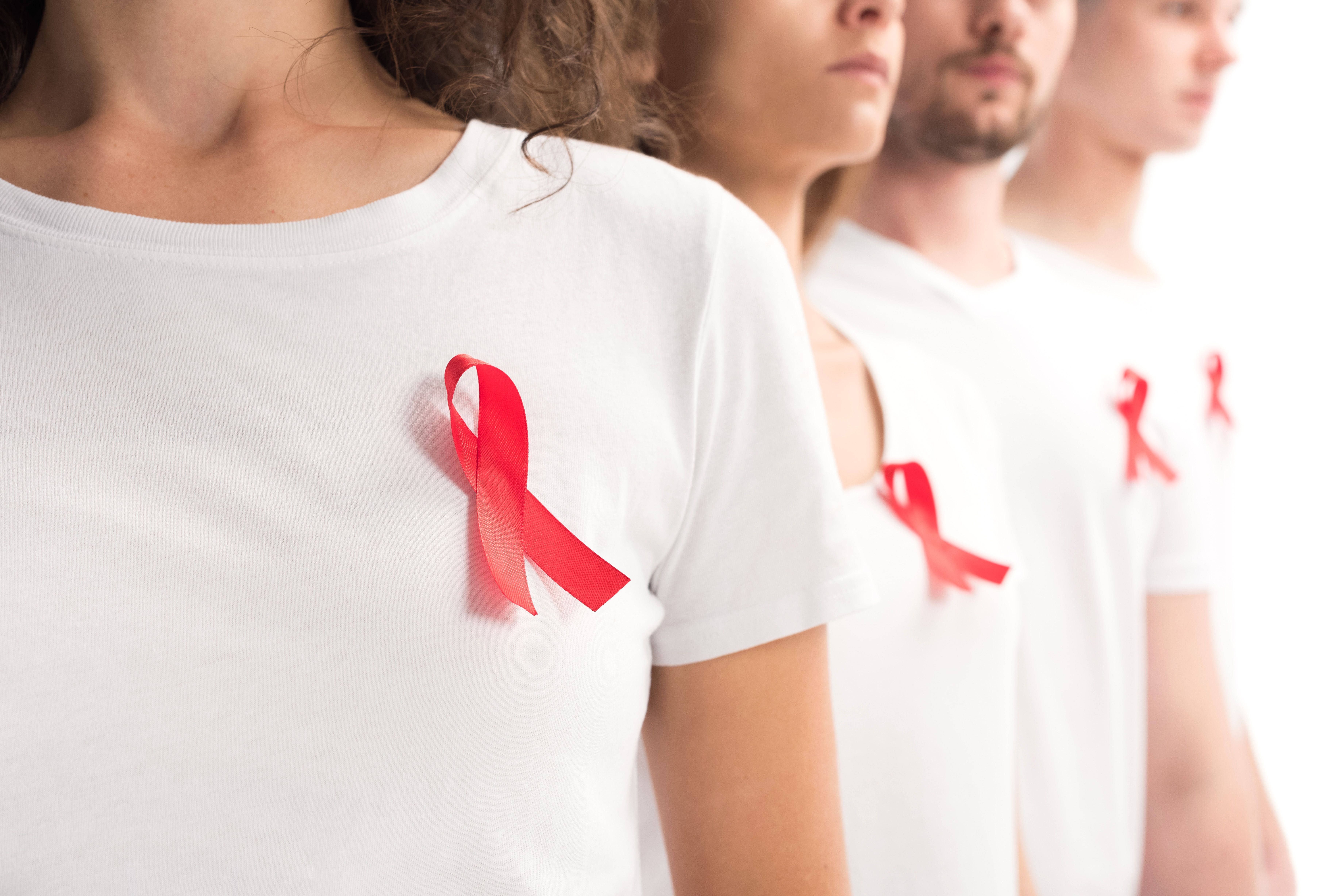News
Article
Regimens With Dolutegravir Base Led to Less Mother-to-Child HIV Transmission
Author(s):
Women who used a dolutegravir-based regimen had less mother-to-infant transmission of HIV compared with those on efavirenz-based regimens.
Transmission of HIV from a mother to her infant could be affected by the type of medicine that the mother is taking, according to a study published in HIV/AIDS.1 Less frequent transmission from mother to child was observed when mothers took a regimen based in dolutegravir (DTG) compared with mother who took a regimen based in efavirenz (EFV).
Approximately 2.58 million children aged 0 to 19 years around the world are diagnosed with HIV,2 with about 90% of these cases due to mother-to-child transmission (MTCT).1 Approximately 20% to 45% of children acquire HIV if there is no intervention during pregnancy, delivery, and breastfeeding. The World Health Organization recommends lifelong antiretroviral therapy (ART) for all pregnant and breastfeeding women, as well as having all women on EFV-based regimens switched to DTG-based regimens; these consist of tenofovir and lamivudine plus either EFV or DTG, respectively. However, it is unknown how effective DTG-based therapy is compared with EFV-based therapies. This study aimed to assess the effectiveness in children in Ethiopia.
Mother and son | Image credit: Anatta_Tan - stock.adobe.com

All women in this study were recruited between September 2015 and February 2023. This study used data from 34 health facilities throughout central and south Ethiopia that provide preventive MTCT and ART treatment. The unexposed group consisted of all pairs of mothers and infants using EFV-based ART and the exposed group consisted of all pairs using DTG-based ART. Mothers were excluded if their outcomes were not determined or unknown. Mothers who also shifted to the DTG-based regimen after taking EFV-based regimens were also excluded.
The primary outcome was whether HIV infection was passed to an infant born to a mother who was diagnosed with HIV. All mothers were determined to have poor, fair, or good adherence to their ART, with poor adherence applying to those who missed 5 or more of 30 doses. Suppressed viral load status was designated as those who had 50 copies/mL or less.
There were 958 pairs of mothers and infants included in this study, equally split between exposed and unexposed. The median (IQR) age was 29 (25-32) years and 18.6% of mothers had a higher occupational risk of having HIV.
Poor/fair adherence to ART was found in 8.8% of the EFV-based group and 6.9% of the DTG-based group; 15.4% in the EFV group and 14.8% in the DTG group did not reveal the status of HIV to their partner. The median (IQR) duration of ART was 32 (4-60) months in the EFV group and 45 (5-90) in the DTG group.
Incidence of MTCT was 4.59% in the EFV group (95% CI, 3.04%-6.89%) compared with 2.3% in the DTG group (95% CI, 1.27%-4.11), totaling an overall incidence rate of 3.44% (95% CI, 2.46%-4.81%). Mothers were 44% less likely to transmit HIV when they were on DTG regimens compared with EFV regimens (adjusted risk ratio [aRR], 0.56; 95% CI, 0.44-0.70). A 7% reduction of the risk of transmitting the virus also occurred when mothers stayed on preventive MTCT care (aRR, 0.93; 95% CI, 0.9-0.96). Mothers who had poor adherence to ART were 5.82 times more likely to transmit the disease compared with those with good adherence (95% CI, 3.41-9.93).
There were some limitations to this study. The nature of the secondary data could have led to measurement and recording errors. The results of the study could have been underestimated due to the exclusion of patients who were lost to follow-up, transfer out, or death.
The researchers concluded that DTG-based regimens led to a decreased rate of transmission from mother to child and led to an incidence of HIV that was lower than the target incidence of 5%, which indicates that DTG-based regimens should be used as first-line treatment.
References
- Facha W, Tadesse T, Wolka E, Astatkie A. Effect of dolutegravir-based first-line antiretroviral therapy on mother-to-child transmission of HIV among HIV-exposed infants in Ethiopia: a before-and-after study. HIV AIDS (Auckl). 2024;16:203-215. doi:10.2147/HIV.S456261
- Global and regional trends. UNICEF. Updated July 2023. Accessed May 21, 2024. https://data.unicef.org/topic/hivaids/global-regional-trends/




